Apple is continuing the work on an Apple Pencil with a color status display in the tip, and a head-mounted Augmented Reality display that can dim or brighten real-world objects to draw the user's attention.
Two separate patent applications from Apple reveal details of the company's research into future productions and iterations of existing ones. They present systems for expanding on the Apple Pencil, or similar devices, and for using a new Augmented Reality headset to better show real-world and AR images together.
Apple Pencil with LCD or LED status light in the tip
The Apple Pencil-related patent application, number 20190324561, "Stylus with Display," suggests multiple different ways that color could be chosen by the user directly on the device. And then how that chosen color could be displayed prior to the Pencil being used to draw on an iPad or similar.
"A stylus can be provided with an on-board display that indicates to a user a color that will be applied when operating the stylus with an external device," notes the patent application. "The display on the stylus can be positioned to conveniently provide an indication of the color. For example, the display can be provided at or near a tip that is used to contact the external device."
"The stylus can further provide an ability for the user to manually select a color," it continues, "which can then be shown on the display of the stylus and transmitted to the external device for application."
The patent also discusses how an Apple Pencil-like stylus could be used in the same way as the eyedropper tool in applications such as Photoshop. By pressing the stylus against an element of the display showing a desired color, the Pencil could "scan a color from a physical object."
Various methods of choosing a color on the device are presented, including "a dial... wherein the display is configured to display multiple colors for selection by a user with the touch sensor."
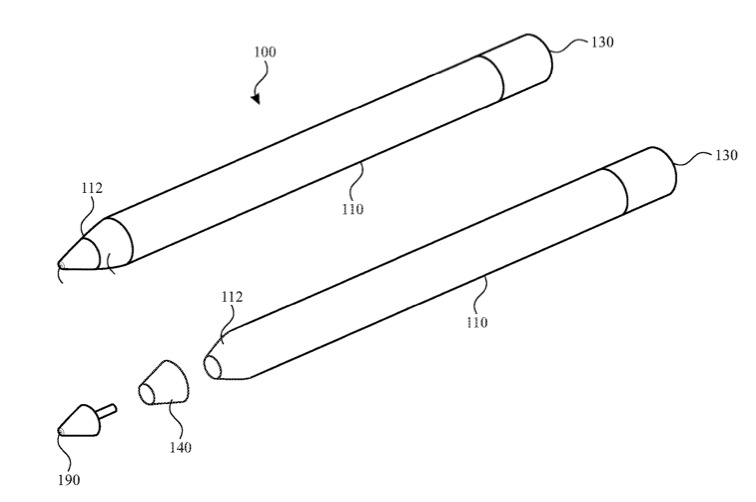 Composite of diagrams from Apple Pencil patent showing possible locations of color display at tip or near it
Composite of diagrams from Apple Pencil patent showing possible locations of color display at tip or near itThe patent also describes the displaying of the chosen color as potentially being on a flexible OLED display in the actual tip of the Pencil, or in a separate region just before it, "wherein the display is between the tip and the body."
Apple's Augmented Reality headset advancements
Separately, patent number 20190324274, "Head-Mounted Device with an Adjustable Opacity System," aims to control how Augmented Reality objects are seen in relation to the real world.
"If care is not taken, the computer-generated images may be difficult to see against the real-world objects, real-world objects may distract a viewer," it says, "or other issues may arise with displayed content."
Apple's answer to this is to include a combination of a light source and an opacity layer that can both be controlled by the device.
"The head-mounted display may include an adjustable opacity system," it says. "The adjustable opacity system may include an adjustable opacity layer such as a photochromic layer that overlaps the optical coupler and a light source that selectively exposes the adjustable opacity layer to light to control the opacity of the adjustable opacity layer."
"The light source may emit ultraviolet light to control the adjustable opacity layer," it continues. "The adjustable opacity layer may block or dim light from the real-world objects to allow improved contrast when displaying computer-generated content over the real-world objects."
Apple is believed to be shortly to enter production on Augmented Reality glasses, and to release them as early as 2020.
As regards the Apple Pencil, Apple has recently also explored the possibility of using the proximity of a user's fingers to the device to enable selections and gestures.
 William Gallagher
William Gallagher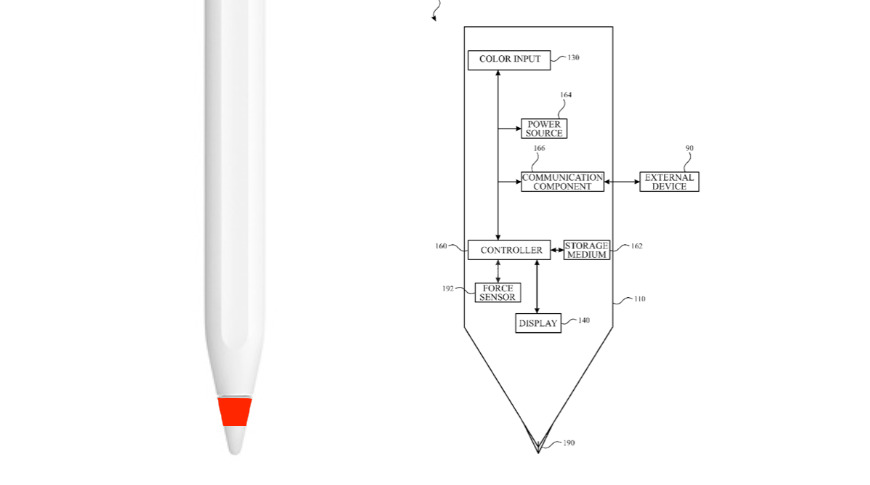







-m.jpg)






 Christine McKee
Christine McKee
 Malcolm Owen
Malcolm Owen
 Marko Zivkovic
Marko Zivkovic

 Andrew Orr
Andrew Orr
 Andrew O'Hara
Andrew O'Hara

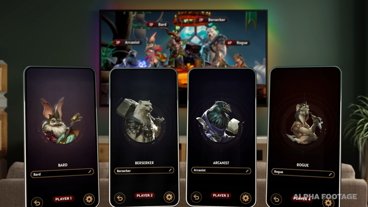
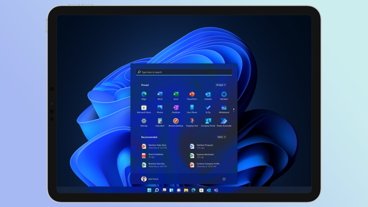
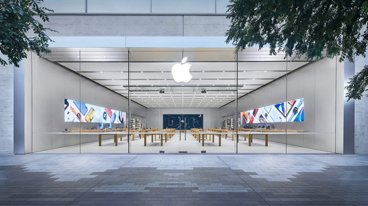


-m.jpg)



7 Comments
How has no one commented? This is freaking amazing!!!! Both of these patents!
A lot of “may”s in the application. I don’t know whether this is usual. To me it sounds such generic like “pigs may fly”. I thought a patent to be more specific - at least the ones I co-worked on some years ago were very specific solutions to problems.